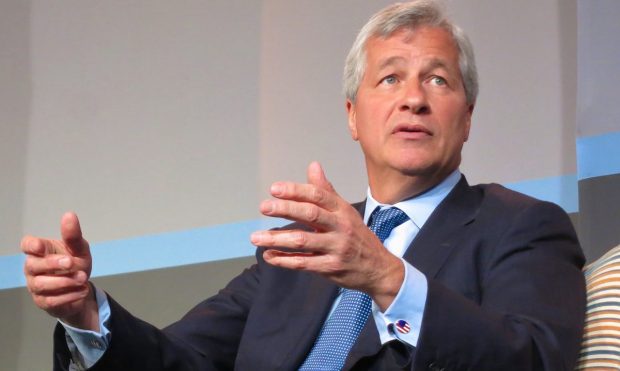JPMorgan Ups Loan Loss Reserves Amid Uncertain Consumer Outlook

JPMorgan Chase set aside $428 million in additional funds to cover bad loans and also temporarily shelved share buybacks as the country’s biggest bank posted a 28% drop in profits in the second quarter from a year earlier.
Chairman and CEO Jamie Dimon said in a second-quarter earnings release that a combination of record high inflation, weakening consumer confidence, and geopolitical tension have made for an uncertain global economy and consumer outlook.
“The U.S. economy continues to grow and both the job market and consumer spending, and their ability to spend, remain healthy,” he said in the release.
“But geopolitical tension, high inflation, waning consumer confidence, the uncertainty about how high rates have to go and the never-before-seen quantitative tightening and their effects on global liquidity, combined with the war in Ukraine and its harmful effect on global energy and food prices are very likely to have negative consequences on the global economy sometime down the road,” Dimon said.
See also: JPMorgan Adds $1B+ to Loan Loss Reserves as Economic Threats Mount
In the first quarter, JPMorgan set aside $902 million for loan loss reserves, PYMNTS reported in April, a big change from the previous year, when the company released about $5.2 billion into earnings. The built-up loan loss reserves were against the backdrop of the pandemic. In April, the total provision for credit losses was $1.4 billion.
JPMorgan said in the release that it added to reserves in the second quarter because of a “modest deterioration” in its economic outlook.
Read more: JPMorgan Expects Credit Losses to Stay Low Through ’23
The bank said in May that it expected credit losses would be abnormally low through 2023 because of stimulus funds and other government actions during the pandemic, PYMNTS reported. While the economy was strong it was a “different strong economy.” And while he didn’t rule out a recession, he said it could be “different” from other recessions.
